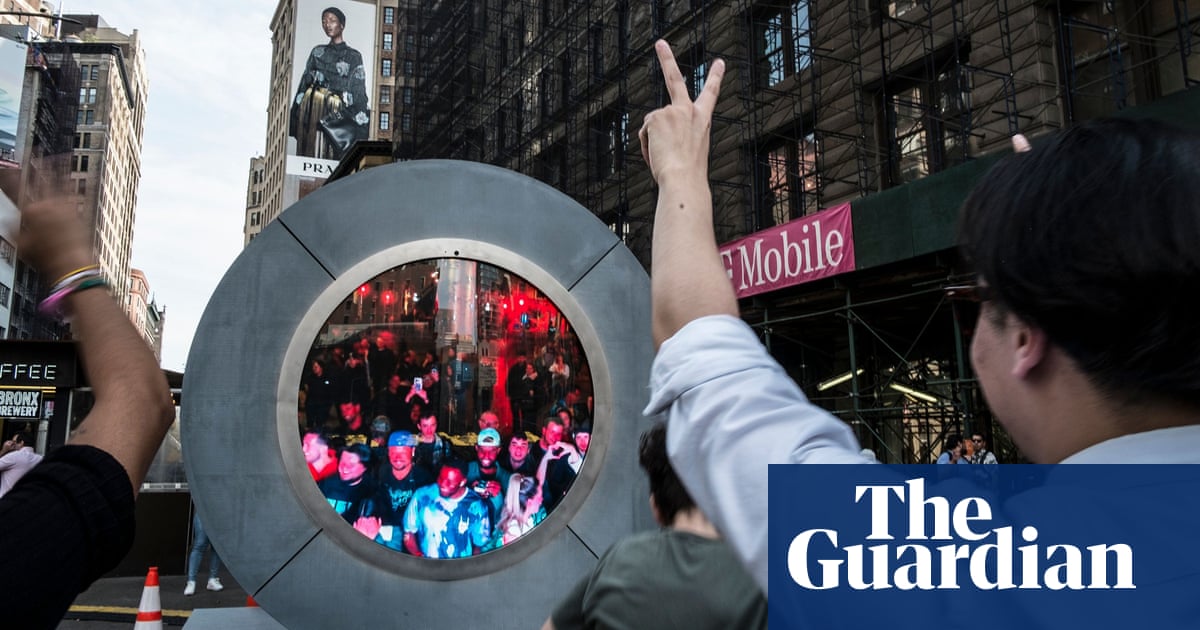A weight loss injection could reduce the risk of heart attacks and benefit the cardiovascular health of millions of adults across the UK, in what could be the largest medical breakthrough since statins, according to a study.
It found that participants taking the medication semaglutide, the active ingredient in brands including Wegovy and Ozempic, had a 20% lower risk of heart attack, stroke, or death due to cardiovascular disease.
The study, presented at the European Congress of Obesity (ECO) and led by researchers at University College London, also found that semaglutide brought about cardiovascular benefits for its participants, regardless of their starting weight or the amount of weight that they had lost. It suggests that those with mild obesity or who have lost only a small amount of weight could have an improved cardiovascular outcome.
Prof John Deanfield, the director of the National Institute for Cardiovascular Outcomes Research and the lead author of the study, said the findings showed that the medication should be routinely prescribed to treat cardiovascular illnesses, and that millions of people across the UK could be taking the medication in the next few years.
“This fantastic drug really is a gamechanger. This [study] suggests that here are potentially alternative mechanisms for that improved cardiovascular outcome with semaglutide beyond weight loss … Quite clearly, something else is going on that benefits the cardiovascular system,” Deanfield said.
The study involved 17,604 adults aged 45 and over with a body mass index of over 27 from across 41 countries. The participants, who had also previously experienced a cardiovascular event such as a heart attack, were prescribed either a 2.5mg weekly dose of semaglutide or a placebo for an average period of 40 months.
Of the 8,803 patients in the semaglutide group, 569 (6.5%) experienced a primary cardiovascular end-point event, such as a heart attack, compared with 701 (8%) of the 8,801 patients in the placebo group.
Semaglutide under the brand name Wegovy has been prescribed for weight loss on the NHS since 2023.
Deanfield said that in the 1990s, statins – drugs that lower cholesterol – were considered a medical breakthrough and revolutionary in treating cardiology practice, and he said semaglutide could be seen as similarly groundbreaking in regarding to improving cardiovascular health. “We now have a class of drugs that could equally transform many chronic diseases of ageing,” he said.
Prof Jason Halford, president of the European Association for the Study of Obesity, said that as the medication could be seen to improve cardiovascular health, it could be economically beneficial for it to be prescribed widely.
“I think in the next 10 years we’ll see a radical change in the approach to healthcare,” he said. “Once the costs come down then the cost savings to the NHS will be significant. There are already people in the Treasury thinking about the savings to the economy because of the opportunity to boost productivity. You need to get your workforce as fit as possible.”
About 7.6 million people in the UK are living with heart or circulatory disease, according to the British Heart Foundation.
Another study based on the same clinical trial found that participants who were prescribed semaglutide lost an average of 10.2% of their body weight and 7.7cm from their waist over a four-year period, while the placebo group lost 1.5% of body weight and 1.3cm from the waist.
A separate study looking at a new slimming jab has found that it could be much more effective than those already on the market. Retatrutide, a weekly injection, works by suppressing appetite and also by helping the body burn more fat, according to its phase 2 clinical trial.
The trial of 338 participants living with obesity showed that participants lost 24% of their body weight over a 48-week period. Researchers say it is more effective for weight loss than Ozempic or Wegovy, which only work by suppressing appetite.
Prof Naveed Sattar, of the University of Glasgow, who has worked on trials of other weight loss treatments, said: “Five or 10 years ago, we could never have imagined drugs that would cause this kind of weight loss. The trial suggests retatrutide still hadn’t plateaued, so it’s probably going to see more weight loss. If we give this drug even longer, I think it could reach nearly 30% of someone’s body weight.”









